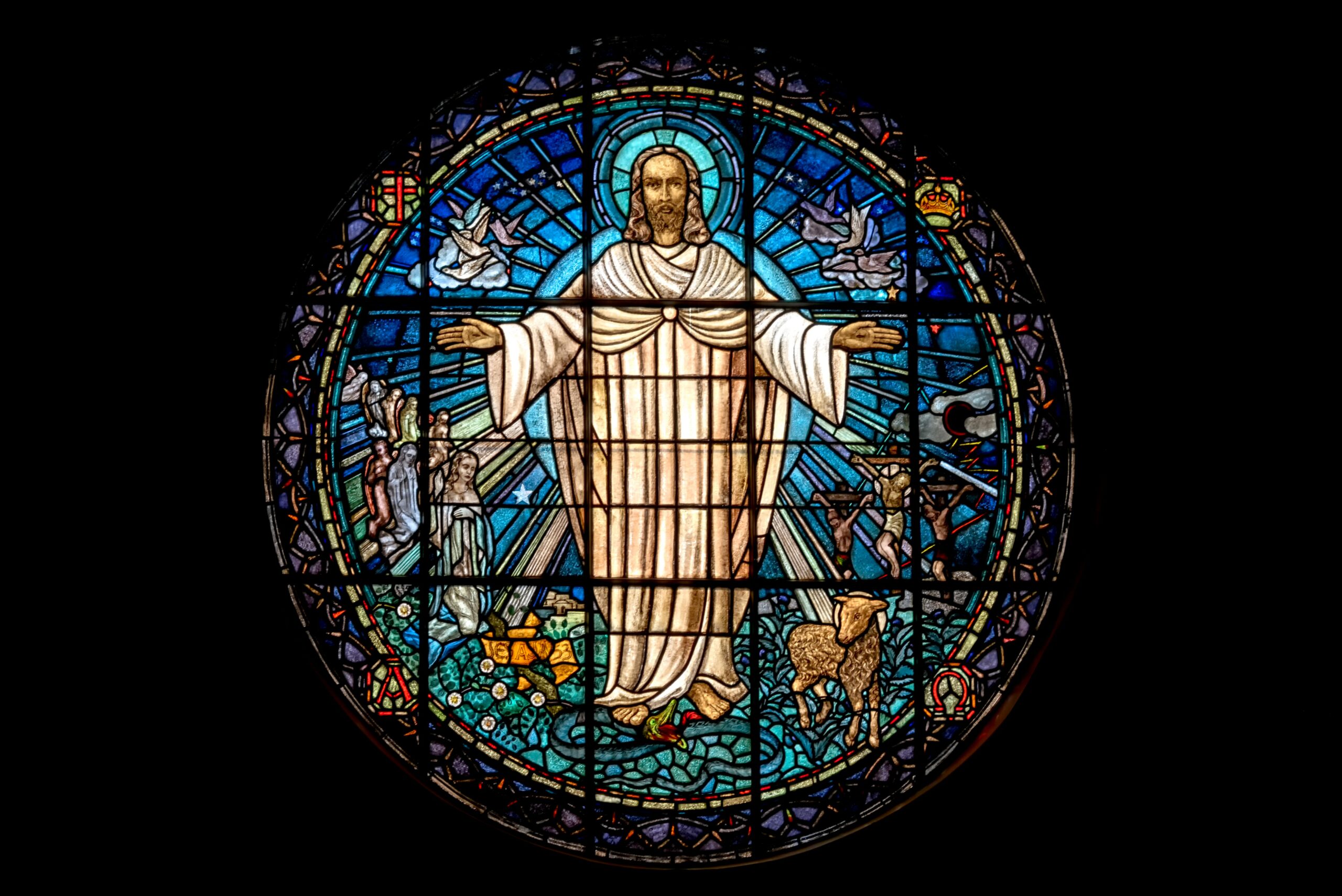Christmas matters, but Christians are really Easter people
December 18, 2021
Christmas Day is a latecomer to the Christmas party. For Christians, the birth of Jesus is overshadowed by the resurrection of the Saviour.
The birth day of Jesus of Nazareth is not mentioned anywhere in the New Testament, which is quite silent about the day or the time of year when Mary gave birth to her son. In keeping with Hebrew customs at the time, Mary was most likely between 12 and 14 years old when Jesus (Yeshua) was born. Her husband was probably a couple years older. In Aramaic, the language spoken by Jesus and his parents, Mary was called Myriam.
We really dont know much about Joseph. In Matthew 13:55 we read: Where did this man get this wisdom and these mighty works? Is not this the carpenters son? Is not his mother called Mary? And are not his brothers James and Joseph and Simon and Judas? Most biblical translations use the word carpenter to describe Jesus and Josephs trade. But the Greek word can be read in many different ways. The word is_tktn_, a common term used to describe artisans, craftsmen, and woodworkers. But it also, can refer to stonemasons, builders, and construction workers. Perhaps even what today we call a handyman.
Nevertheless, the early Christians did not focus on Jesus birth. The key Jesus-event for them was Easter. They rejoiced in their belief that Jesus was raised from the dead and entered a new form of life: promising new life for all who believed and followed him. Christians are Easter people.
It was not really until around 200 CE that Christians began to commemorate a Jesus birth date. Not at first on December 25 but on January 6. Most likely the earliest source for setting December 25 as the date for celebrating Jesus birth is a document written by Hippolytus of Rome (c. 170 c. 235). Hippolytus was an important second-third century Christian theologian. Early Christians connected Jesus to sun imagery through the use of such phrases as his being the sun of righteousness. They Christianised and took over the Roman celebration of the winter solstice which was held on December 25.
New Testament accounts of the birth and early life of Jesus are found only in Matthew 1:1 2:23 and Luke 1:5 2:52. The accounts are certainly not fairytales. But they are not strictly historical either. Our Sacred Scriptures contain a variety of literary forms by which the truths of our faith are expressed and communicated. We find poetry, drama, symbolism, metaphors, imaginative recreations of past events, and varying degrees of historical narration. The Bible is primarily about understanding our faith. It is not primarily a history book. I resonate with the observation by the biblical scholar John Dominic Crossan: My point, once again, is not that those ancient people told literal stories and we are now smart enough to take them symbolically, but that they told them symbolically and we are now dumb enough to take them literally.
Most people today ignore the differences found in Jesus birth accounts in Matthew and Luke. They simply combine the accounts without noticing the differences; and folkloric legends that arose centuries after Jesus birth get thrown into the mix.
Neither Matthew nor Luke, for instance, mentions three kings. Matthew mentions wise men magoi in Greek, from which we get the English word magi. Although the magi are now commonly referred to as kings, there is nothing in the account from the Gospel of Matthew that implies that they were rulers of any kind; and nowhere in the New Testament do we find them called Balthasar, Melchior, and Casper. Those names are creations from the eighth century.
In Matthew we find: the visit of the wise men, the star, and Herods plot to kill Jesus. These are not found in Luke however. In Luke, on the other hand, we find: the birth of John the Baptist, the shepherds, and the presentation of Jesus at the Temple. But these are not found in Matthew.
The differences between Matthew and Luke are nearly impossible to reconcile, although they do share some similarities. The American biblical scholar and Catholic priest, John Meier, has often stressed that Jesus birth at Bethlehem is not to be taken as historical fact. Meier describes it as a theological affirmation put into the form of an apparently historical narrative. In other words, the belief that Jesus was a descendant of King David led to the development of a story about Jesus birth in Bethlehem. King David (c. 1010 c. 970 BCE) was born and raised in Bethlehem. No doubt a text from Micah 5:2 in the Hebrew Scriptures contributed to this belief as well: But you, Bethlehem Ephrathah, though you are small among the rulers of Judah, out of you will come for me one who will be ruler over Israel, whose origins are from of old, from ancient times.
The Church of the Nativity, built in the fourth century and located in Bethlehem in the West Bank, Palestine, is built over a cave where Mary is said to have given birth to Jesus. The church has been undergoing extensive renovation at a cost of $17 million since 2013. The church was originally commissioned by Constantine the Great (c. 272 337 CE) a short time after his mother Helenas visit to Jerusalem and Bethlehem in 325326 CE. Helena had been instructed by her son to find important Christian places and artifacts, since Christianity was becoming the dominant religion of the Roman Empire. She paid her scouts well, and they came up with exciting (though not always historically supported) discoveries. Helena also found the relics of the Magi. They were kept first in Constantinople; but then moved to Milan. Eight centuries later, in 1164, the Holy Roman Emperor Frederick Barbarossa took the relics of the Magi and gave them to the Archbishop of Cologne. Whatever they really are, the relics are still in Cologne Cathedral.
